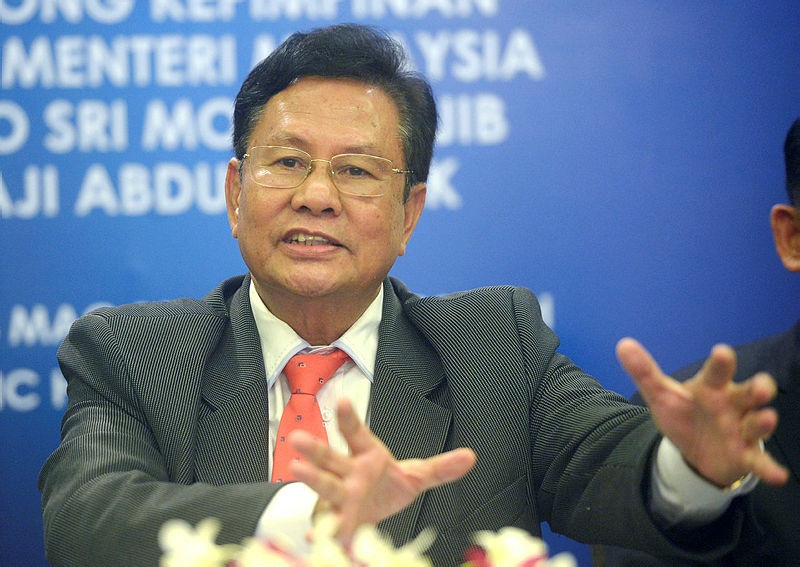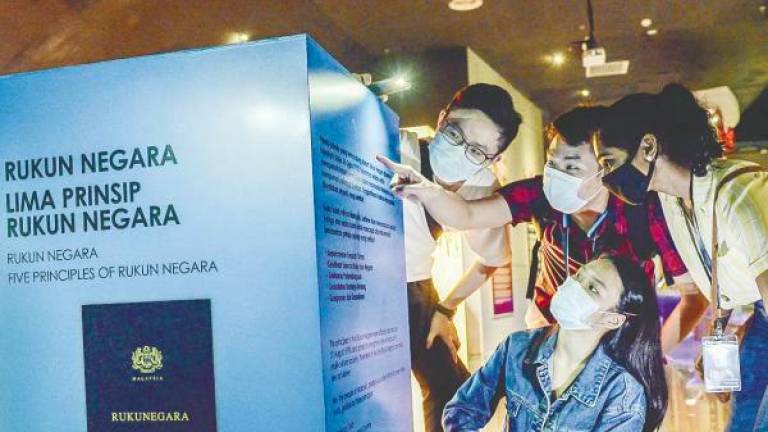KUALA LUMPUR: The Malaysian Bumiputera Contractors Association is urging the government to give bumiputra contractors an opportunity to partake in mega infrastructure projects in the country and simultaneously contribute to the nation’s development.
Association president Datuk Mokhtar Samad (pix) said there was an estimated 2,646 G7 grade bumiputra contractors who are innovative, financially strong and have ideas on how to implement mega projects for Malaysia.
“bumiputra contractors are in dire straits now as less and less projects are being offered to them and the association is hoping the government will not sideline them but give them due attention,” he told Bernama when asked to comment on the current status of bumiputra contractors.
A quick check with the Construction Industry Development Board (CIDB) website and several other sites revealed that there were hundreds of competent bumiputra contractors and they were involved in various major projects.
Among them are Dhaya Maju Infrastructure (Asia) Sdn Bhd, Asal Bina Sdn Bhd, Rahimkon Sdn Bhd, SN. Akmida Holdings Sdn Bhd and TRC Synergy Bhd.
The association is confident bumiputra contractors have the capability to undertake mega projects as they are not new to the construction industry.
Since the new economic policy was launched by Tun Abdul Razak in 1970, the government had always given opportunities and funding to bumiputra contractors from the lowest grades of G7 to G1 to venture into the construction sector.
“And, many bumiputra contractors were given opportunities to carry out government projects and excelled well and this track record helped them to even venture abroad to Dubai,“ said Mokhtar.
The government can help consolidate the position of bumiputra contractors by continuing to place trust in them.
“I am not saying that they were not guided and assisted previously but it was not done efficiently. The association wants the new government to find out why local contractors especially bumiputra contractors are not marking their mark any more and assist them to make a comeback.
He said now was the best time to bring bumiputra contractors to the forefront of infrastructure development especially in rail construction. “We should be giving opportunities to bumiputra contractors as times have changed. Bumiputra contractors now have the capability and expertise,“ he added.
Young bumiputra contractors today are made up of professionals like engineers, surveyors, architects, quality control and contract management personnel.
Unlike previous generations, bumiputra contractors were inexperienced and only inherited traditional Malay carpentry skills.
Mokhtar also said the association had raised the question of increasing job opportunities for bumiputra contractors with Prime Minister Tun Dr Mahathir Mohamad.
“The association identified hardworking bumiputra contractors who made it on their own without any assistance. We requested the government to sincerely consider assisting them just like what the Korean government did in the late 70’s.
“The government of Korea provided guidance to their contractors. Government officials accompanied their contractors to explore opportunities overseas and in the process created a construction bank,“ Mokhtar said.
He also hoped the government would make the right decision on projects that were ‘frozen’ for fear of any leakage by the previous government.
Right now, no bumiputra contractor has gone bankrupt but they have, however, reduced their workforce.
“But, there are some who have not done so (reduce workers) as they are still optimistic of securing back the frozen contracts which were awarded to them earlier,” he added.
The association hoped contractors would be cautious in their negotiations for frozen projects as it should benefit both parties and public money should be used prudently.
Asked about more opportunities being given to foreign contractors Mokhtar said: ”The association was also perplexed as to why the previous government had done so as local contractors were equally capable of carrying out big projects.
“The rationale then was although the main contractor is a foreign contractor, the project will still involve local contractors too.
“But the percentage (of local contractors) involved was marginal. The association hopes, whatever approach the new government takes now, they will not forget bumiputra contractors who have proven they can undertake construction projects in the country.” — Bernama













